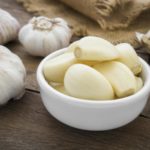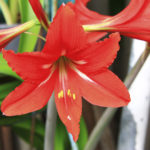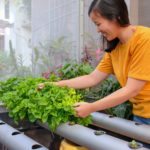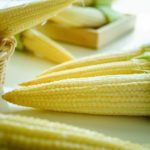Is it Dangerous to Plant on a Septic Field?
The only space we have for planting a vegetable garden is over a septic field. What do you advise? Could locating the garden there have a negative effect on the plants and on our health?
Andrew Weil, M.D. | October 5, 2012
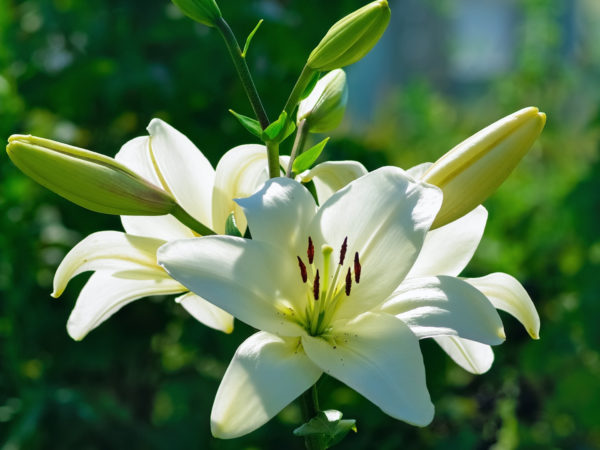
It is generally considered a good idea to plant your septic field, but it isn’t the ideal place for a vegetable garden. According to the Virginia Cooperative Extension (VCE) shallow-rooting plants can help the septic drain system work well by removing moisture and nutrients from the soil; they can also reduce soil erosion. As far as planting vegetables is concerned, the VCE materials say that the question of contamination depends on the soil’s ability to filter viruses and bacteria: clay soils can eliminate bacteria within a few inches of the drain trenches, but sandy soils may allow bacterial movement for several feet. The VCE explains that a properly operating septic system will not contaminate the soil but notes that it is difficult for home gardeners to determine whether a system is working as it should.
VCE advises using the septic field for ornamental plants and suggests putting your vegetable garden elsewhere. If you have no other place, the service recommends taking these precautions:
- Do not plant root crops over drain lines.
- Leafy vegetables could be contaminated by rain splashing soil onto the plant, so either mulch them to eliminate splashing or don’t grow them.
- Fruiting crops are probably safe; train any that grow on vines, such as cucumbers or tomatoes onto a support so that the fruit is off the ground.
- Thoroughly wash any produce from the garden before eating it.
- Do not construct raised beds over the field; they might inhibit evaporation of moisture.
At a minimum, the VCE says, the septic field should be planted with a dense cover of grass.
At my summer home in coastal British Columbia, Canada, I planted lilies over the septic field. They have shallow roots and are beautiful. VCE recommends planting shallow-rooted herbaceous plans that are not excessively water-loving on septic fields. The pipes in a leach field are a minimum of six inches below the surface – they allow septic tank effluent to drain over a large area. As it seeps into the ground, the effluent is purified by the soil. While plant roots can help remove excess moisture and nutrients making the purification of the remaining effluent more efficient, roots that clog or disrupt the pipes will seriously damage the drainage field.
This means that the challenge of leach field gardening is to find plants that will meet your landscape needs but not clog the drain pipes. Your best options, according to the VCE, are flowering perennials and annuals, turfgrass, and many ground covers, all of which are unlikely to damage the lines. The Virginia experts also add these words of caution: don’t be too enthusiastic in tilling the soil when setting out your plants and be sure to wear gardening gloves to protect yourself from direct contact with any harmful organisms that may be present in the soil.
Andrew Weil, M.D.







